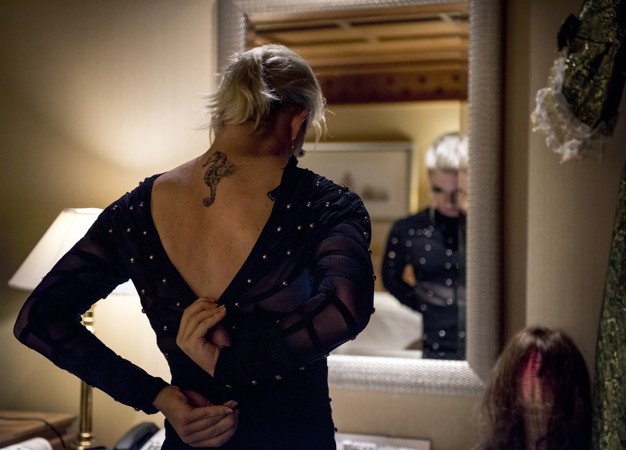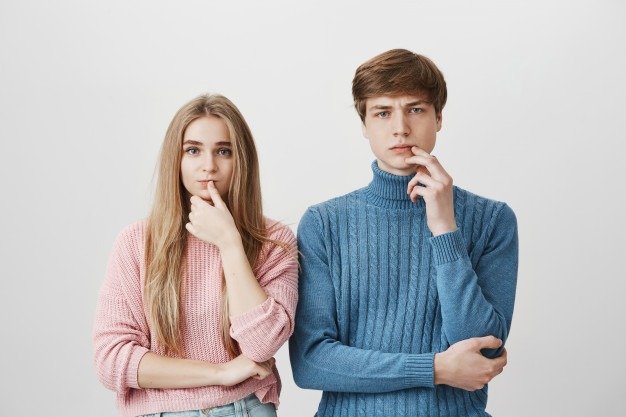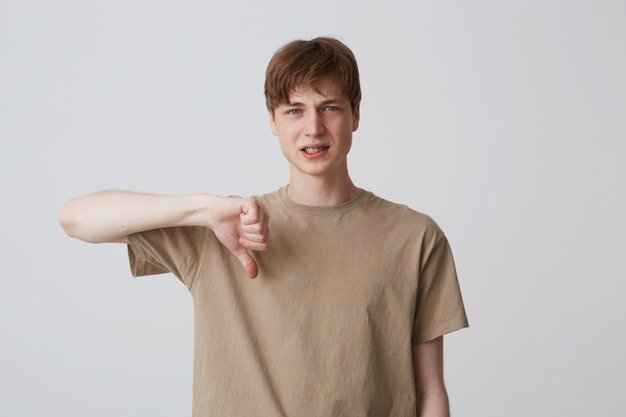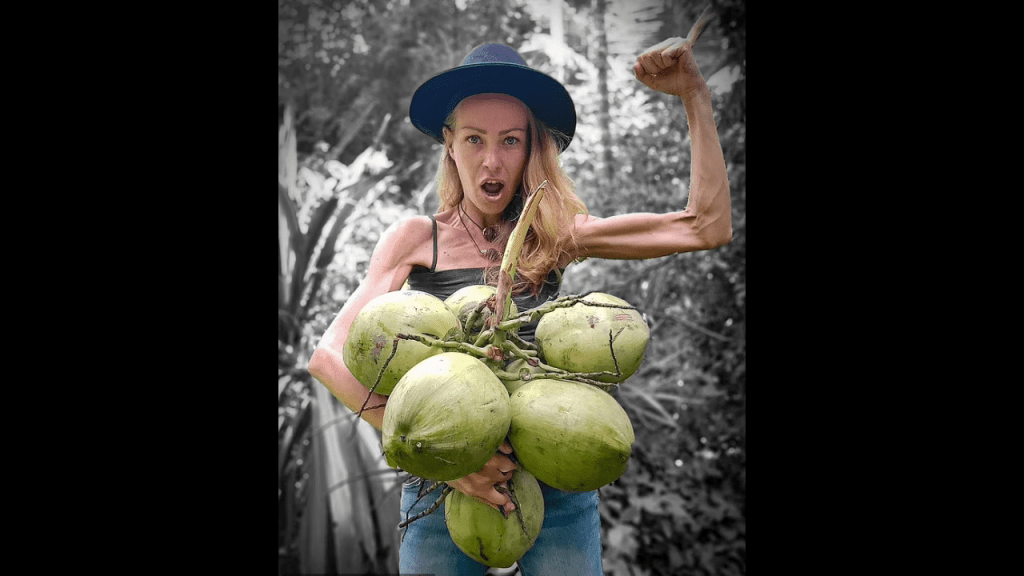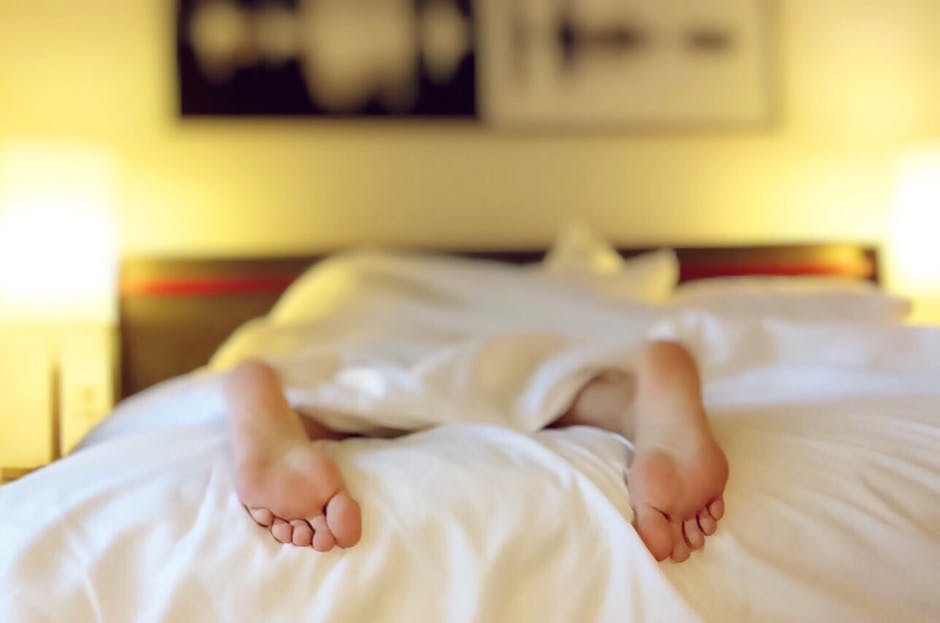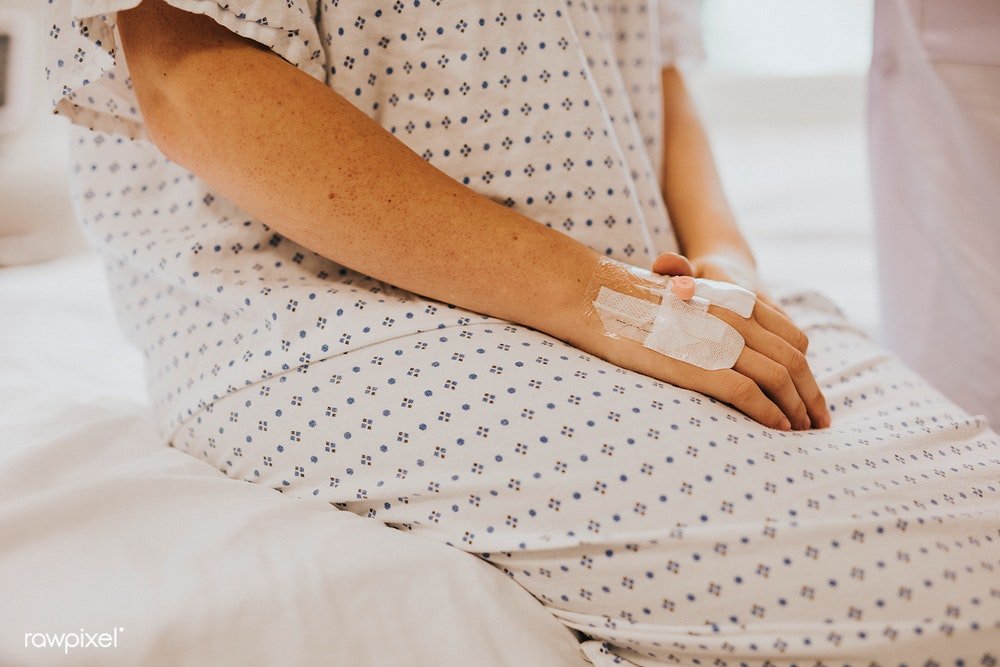The “lipstick effect” describes how, during times of financial crisis, we tend to spend more money on small luxuries – like high-end lipsticks – to bring us comfort. While investigating this effect, leading price comparison site Idealo noted that demand for lipsticks has risen by a huge 1,006% since the cost of living crisis in the UK.
In light of this, they set out to discover which small luxuries Brits spend the most on during this difficult time, using ONS data to dig into our spending habits and predict future patterns.
Brits spend £6.4 billion per year on cosmetics, with London and the South East indulging the most
The UK spends an average of £6.4 billion per year on cosmetics. This is 7% less than in 2020, when spending hit £6.9 billion – perhaps due to the pandemic leading people to find joy in small indulgences while stuck at home.
Londoners are currently spending the most on beauty products (£983.6 million per year), followed by households in the South East (£892 million) and the West Midlands (£653.5 million). Meanwhile, Northern Ireland spends the least on cosmetics at just £171.9 million per year on average (£811.7 million less than London).
The top 10 UK regions spending the most on cosmetics
Analysing internal data for product demand, Idealo has also revealed that interest in lipsticks has risen by a huge 1,006% since September 2021. Other beauty products have also seen an increase in consumer interest, with demand for lip gloss increasing by 1,154%, mascara by 1,229%, and lip liner by a staggering 1,667%.
The West Midlands is set to spend an extra £260 million on cosmetics by 2030
Based on current spending patterns, the UK will spend 11% (£716.8 million) less on cosmetics by 2030. However, some regions of the country are set to increase their spending on beauty products, with the West Midlands predicted to spend an additional £260 million on cosmetics by 2030, an increase of 40%.
Those in the South East, Yorkshire, South West and East are also expected to increase spending.
Spending on chocolate is expected to increase by 36% in 2030 compared to current spending
Spending on chocolate has increased by 15% over the past few years, rising from £3.2 billion in 2020 to an expected average of £3.5 billion per year in 2023. The UK is also predicted to spend an extra £1.3 billion on chocolate by 2030, taking the total spend up to £5 billion, a 36% increase compared to 2023.
People in the South East indulge the most, with an average annual spend of £504.2 million on chocolate, followed by those in London (£408 million) and the North West (£362 million).
Brits are currently spending £4.1 billion per year on beer, 25% more than in 2020
Spending on alcohol has also risen in the aftermath of the pandemic, shooting up by 14% for wine and 25% for beer since 2020.
Brits spend an average of £7.2 billion on wine, expected to increase to £7.5 billion by the end of 2023. The current biggest spenders on wine reside in the South East (£1.2 billion). Meanwhile, spending on beer averages £4.1 billion per year, peaking in the North West at £526 million.
Based on these patterns, Brits are predicted to increase their spending on wine by £2 billion (26% increase) and beer by £1.8 billion (42% increase) by 2030.






